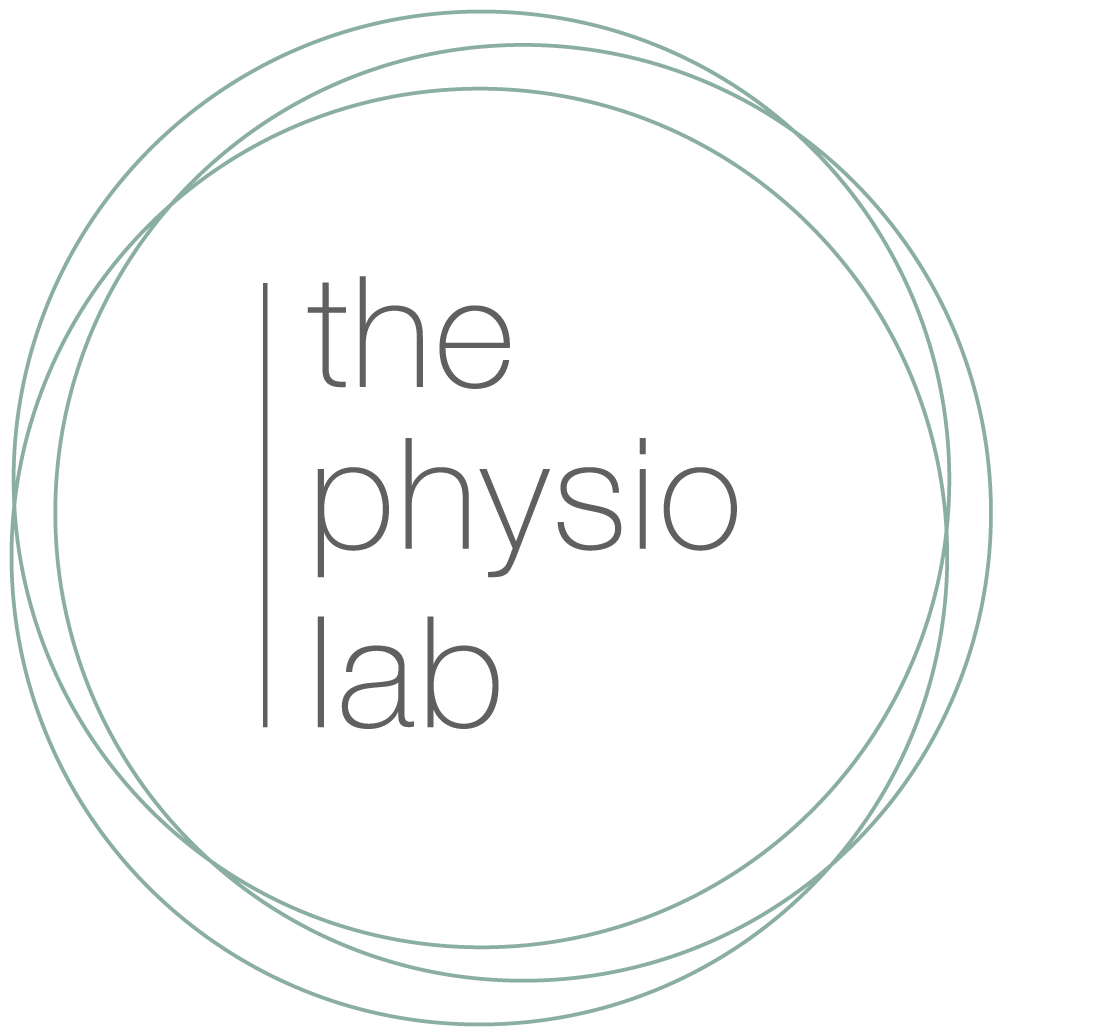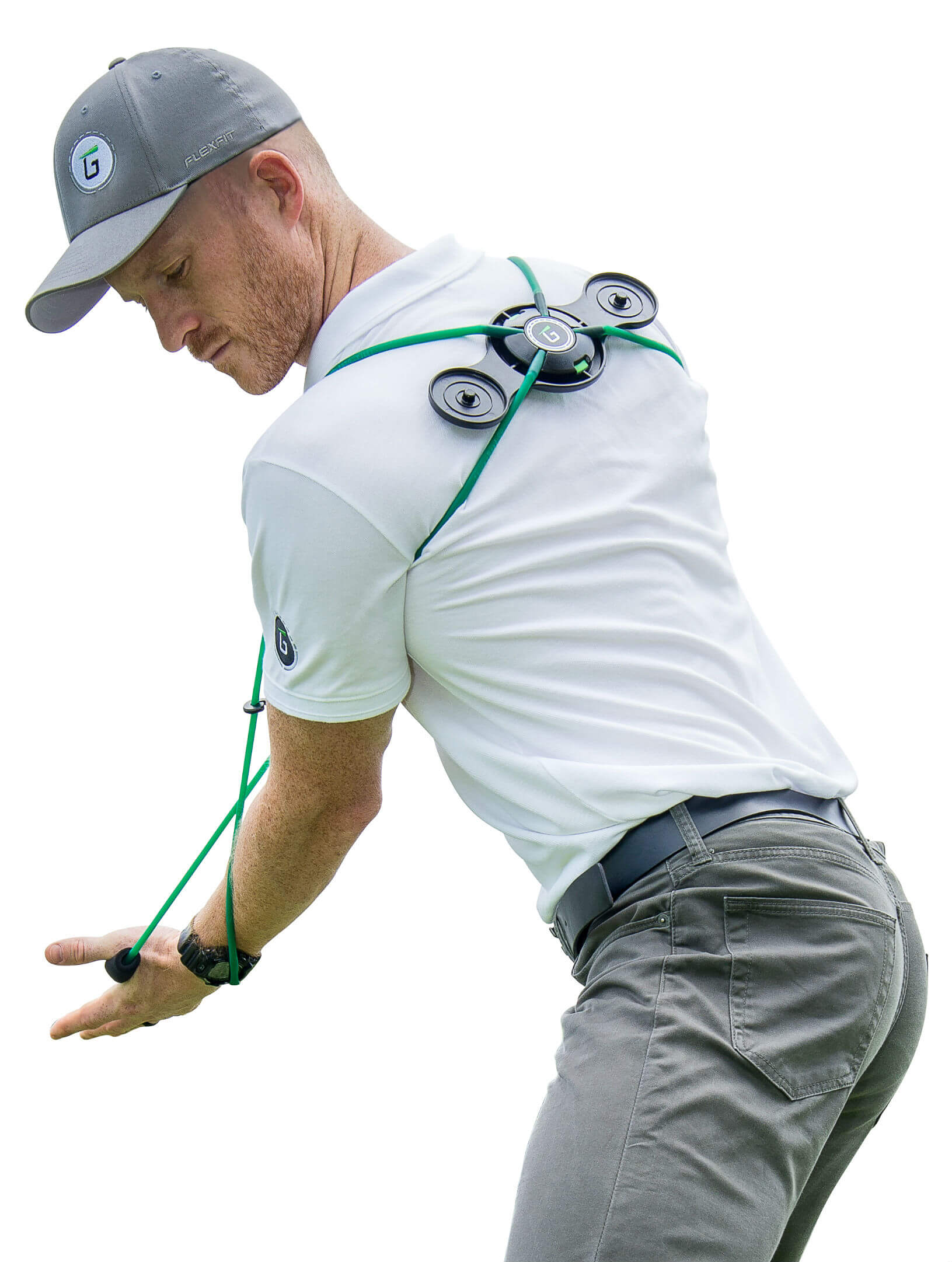It is an all too common story in golf. An acute or overuse injury to the lumbar spine will result in a change in swing mechanics, poor shot selection and a few lost balls. This is due to pain it causes or physical impingement that results, or both. So after repeated treatments with your local physiotherapist to manage the low back pain only give temporary relief at best. Then some x-ray or MRI images are sort after which pain the picture of a degenerative back with possible disc damage. Next stop is the orthopaedic surgeon for surgery to fix the picture. The problem is the problem never really goes away. What if the lumbar spine is not the problem in the first case?
How many of you have walked into a clinic expecting to be treated for your lower back only to find yourself having some manual therapy done on your thorax (mid back)? This combined with some exercises that address the mobility and control of your mid back are what you then work on. Don’t be too surprised to find the lower back pain will often then lessen or, better still, disappear.
Does a pain-free thorax then equate to ideal mechanics in your spine?
The Thorax
The thorax is inclusive of the thoracic spine, the ribcage, chest plate and internal organs, forming 20% of our total body length. Contrary to popular belief, the thoracic spine works in combination with the ribs attaching to each vertebrae, forming a ring. It is the function of these rings in relation to each other (translation and rotation) that gives the thorax its mobility. For further information about how these thoracic rings work click here.
The thorax often gets under or misreported as lower back pain in a lot of clinical data. It is in the thorax predominantly that most of the rotation of the spine occurs. Compensatory rotation of the lumbar spine, especially when combined with flexion (bending) such as during a golf swing, can make the lumbar discs increasingly vulnerable to injury. The lack of thoracic rotation is seldom due to stiffness but instead a lack of adequate neuromuscular control of the joints in the thorax.
Now consider the number of muscles that attach from your thorax to your pelvis, head/neck and shoulders, all of which are pivotal in transitioning force generation from the pelvis to the upper limb in the golf swing. Lower thorax issues will most often impair and alter the functional movements of the pelvis resulting in loss of stability, strength and movement. Similarly, a poor upper thorax will alter the ability to lift and rotate the shoulders, arms and head/neck.
The Body-Swing Connection
The sequence of body segments during the downswing (in a right hander) follows first the pelvis translating and rotating to the left, then rotation of the thorax, then arms and club back toward the ball. Dysfunction in the thorax will prevent the optimal transition of segmental movement from your lower body into your upper body and club. This can result in any number of the compensatory swing faults commonly seen. This impaired swing is also less effective (resulting in shorter and less accurate shots) and may also lead to further injury and overuse of other body segments.
A simple test to determine whether or not your thorax is affected and contributing to the dysfunction is to:
Sit on the edge of a chair, fold your arms across your chest
Turn as far as you can with your upper body, without moving your backside off the chair
Compare this from left to right, can you turn 90 degrees to both sides?
Questions to ask:
Is there one side tighter than the other?
Is there pain? Where is the pain?
Are you actually moving your thorax versus turning your neck, side bending your trunk or pulling your shoulders around?
Treating a Dysfunctional Thorax
Treating the thorax may involve manual therapy by a physiotherapist to release fixated joints or normalise over/under active muscles that are preventing optimal movement. The body is an incredibly interconnected unit and more than just the sum of all its parts. Often there may only be one or two primary areas creating this suboptimal movement, which is generally referred to as a 'driver' as it is the lead cause of the problem (or primary and secondary drivers where there is more than one).
Once the driver has been identified (this may not necessarily be the thorax but can be elsewhere in the body) and normal motion is restored to that area, it is important to then retrain the brain to make effective use of the increased range of movement and to regain neuromuscular control of that area. Knowing where and what your driver is can help you address the problem with greater efficiency. This is where communication between your golf coach, physiotherapist and fitness trainer is important.
"Knowing where and what your driver is can help you address the problem with greater efficiency"
Motor control exercises to correct the primary driver and facilitate new muscle patterns are important to prevent unwanted muscle tone and postures from returning following treatment. Ever walked out of the therapist treatment room feeling great only for this to disappear 2 days later? Exercises to retrain and strengthen the area of treatment play a vital role and can include simple movements where specific segmental muscles are cued with appropriate feedback (often with tape, biofeedback or use of mirrors).
Gaining better activation awareness and strengthening of the serratus anterior muscle can obtained with exercises such are wall slides (as seen below) and with the use of resistance bands. Devices such as the TPro (from Gravity Fit) can aide and improve in feedback of the thoracic control muscles during various rotational movements that mimic the golf swing. It can also then be taken on range to incorporate this training into sport specific practice once the correct skill is obtained.
Appropriate thoracic strength and power exercises, and subsequent golf specific drills, can be added to increase performance measures. It is important to maintain the correct cueing pattern throughout, until such a time that the correct movement becomes automatic. Understanding where your driver can simplify this process and is key to effective long term management of such musculoskeletal conditions.
Treating the thorax may not fix your golf swing but it will enhance your movement pattern and ability to sequence body parts. This then decreases the chance of acutely injuring your back on the course or creating an overuse condition. Once you can optimise the fundamental movement components of a swing progress with your teaching professionals can help lead to improvements on the course.
For further information about a back pain in golf, or to have a golf screen, click here. For a physiotherapy appointment click here to book online.





